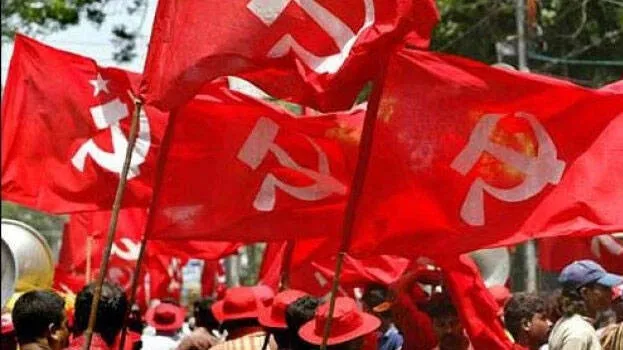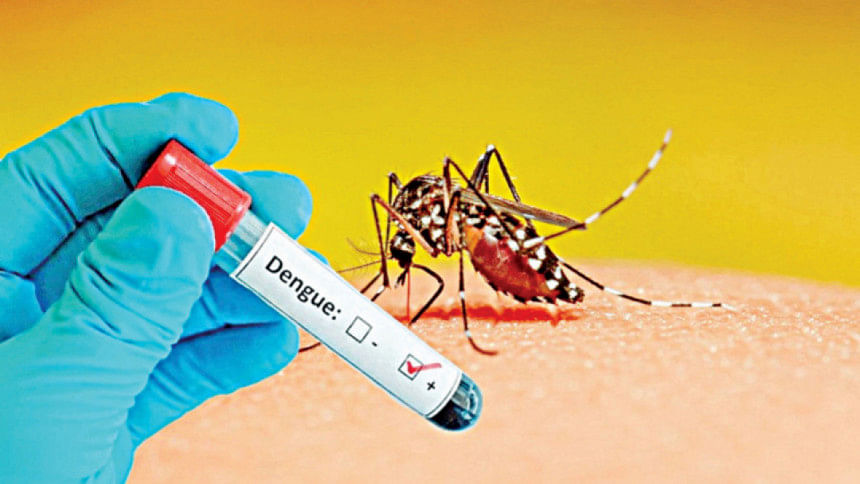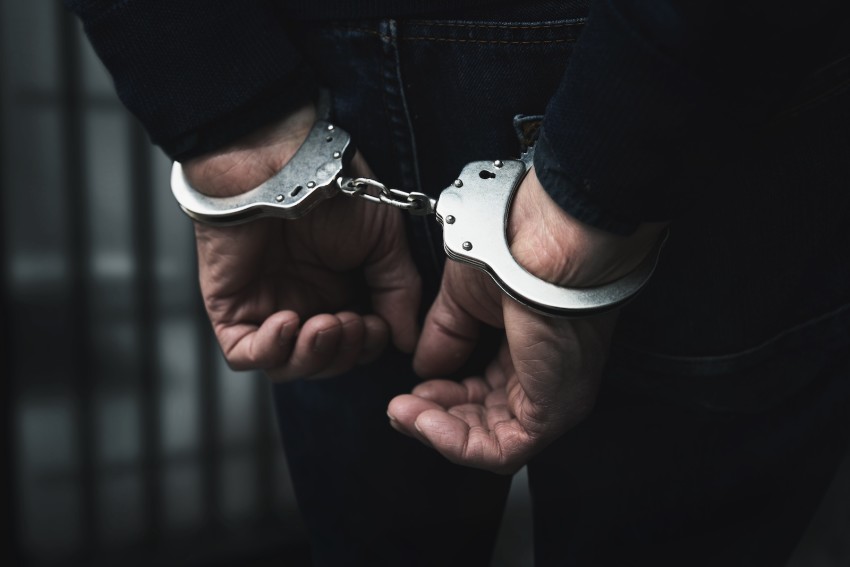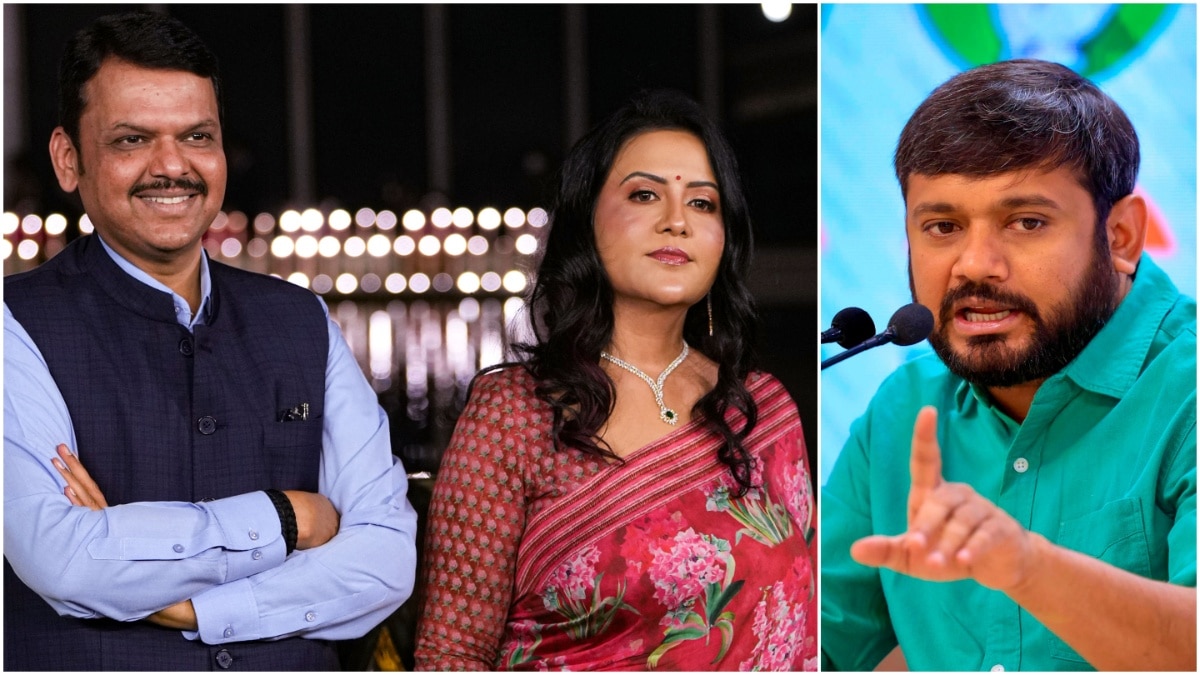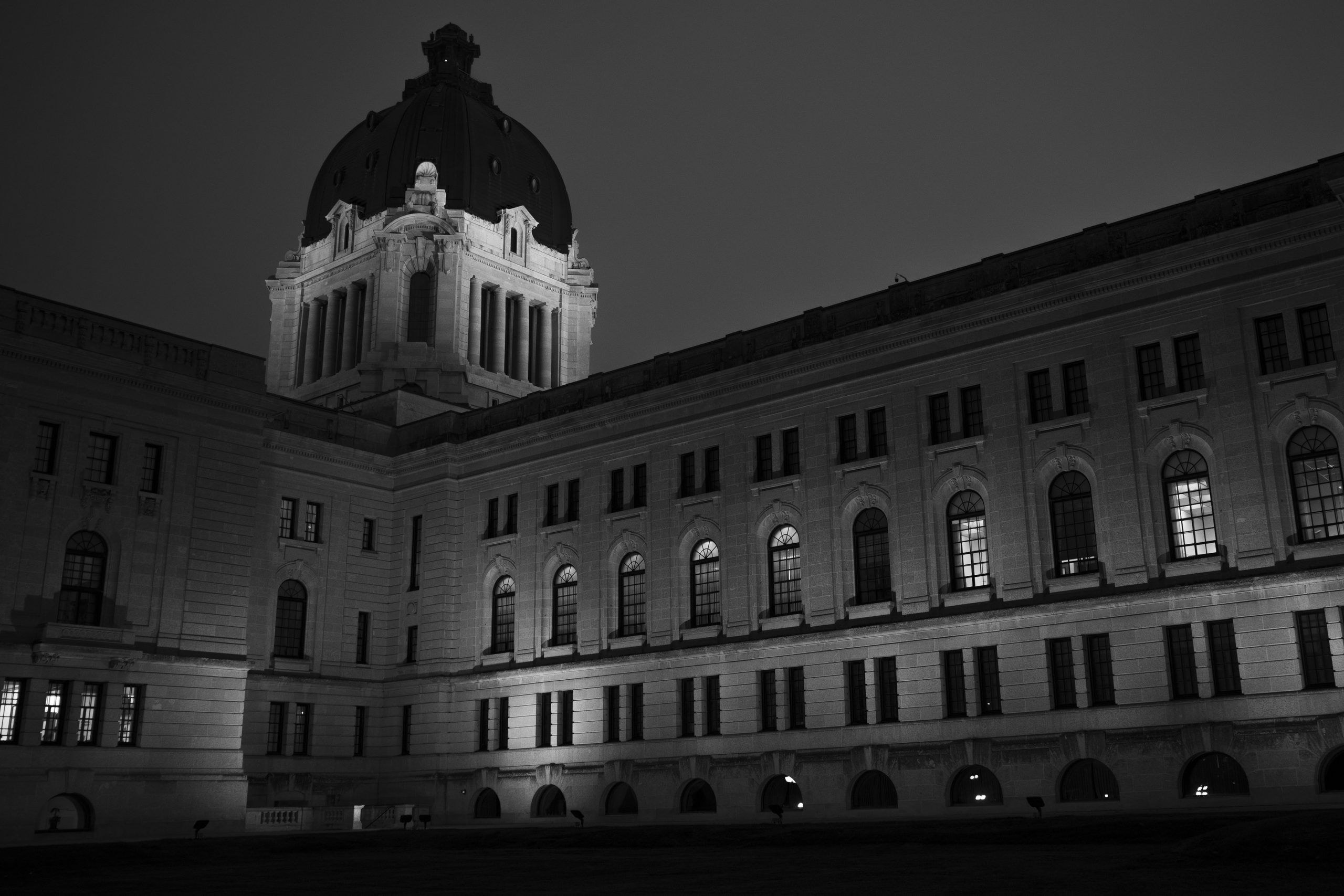
Article content The pictures may be black and white, but photographer Kayle Neis says the stories they tell of the Saskatchewan election campaign are much more nuanced. “You are dealing with darks and lights and there are a lot of metaphors in there,” says Neis. “I think the viewer can find them.
” Neis, who is based in Regina and works for the Leader-Post, has been at most of the major political events in the area over the past 27 days. In this photo essay, he goes beyond the press events and platform announcements that he attended. “I didn’t necessarily pick and choose all the topics.
I’m bound to what happened, what some of these parties ...
choose to be out in public and talk about,” Neis says, adding that to him, the community’s reaction is part of the story too. “My job is to present to our readers who these people are or give moments that are easier to connect to,” he says. “Hopefully, that comes across through this body of work.
” So here’s the story of a campaign, told through a camera lens. Broad smiles, clapping hands and the launch of a campaign – the NDP kicks off the 2024 election (above) with plenty of enthusiasm. Neis: It’s election time.
People are going to gain things, people will lose things. For the people in the photo, the NDP, they’re not going to lose power. They’re there to gain it.
The number of hands is quite overwhelming and this whole process is overwhelming. It’s a bit chaotic, but what we’re going into is a bit of chaos and I think this photo represents that. Saskatchewan Party Leader Scott Moe (above) heads home to Shellbrook , where landmarks and locales are comfortable and long-familiar.
One stop is to the local recreation centre, where he played a lot of hockey as a kid. He poses with rings from the local curling rink. Neis: It’s a little bit of symbolism here.
Regardless of who you are, if you’re the leader of a province, you’re going to have a target over your head. People are going to be attacking you and it’s always coming at you. No matter what you do, people are going to agree and people are going to disagree.
That’s the nature of the job, no matter what party you’re from. This was taken at a curling rink and these are curling rings. Scott Moe’s in his home, he’s comfortable, but there’s someone gunning for his job and he’s got to face that.
It’s looming over him, but he also seems happy and he’s got a face that’s looking forward to it. But it is there — and it is looming. While in Shellbrook with Moe, Neis visited the town’s old water tower.
He parked near the football field and studied the lighting and wind conditions. Neis: It’s a secondary image to the curling-rink photo, but there is some more symbolism. I noticed there were flags and I photographed it through this press box where somebody would be scorekeeping.
The wind was working and I waited quite some time — the Saskatchewan flag was up and the Canadian flag was flowing downwards. I knew I got the photo I needed, because this tells the story of a man who is proud of his province and its identity and has taken it over a Canadian identity. There’s been a battle between those identities in this province and in western Canada — the battle between him and Justin Trudeau and it’s a topic on his mind, a topic he speaks a lot about.
The flags are equally hoisted. He’s not saying ‘take down the Canadian flag’, but the Saskatchewan flag is rising a little higher and as the reader, you can take a lot from that. Saskatchewan Party candidate Jaspreet Mander heads out on foot, meeting people in their homes and yards.
Neis: We’ve seen a lot of press conferences and party events we show up to. But this one, there’s a lot more room for things to spontaneously happen. I tried to be concealing of this person’s identity, so it’s through the gate, but it lets you know they are engaging with the community and there’s a lot of easy visual information — you have the card sticking out, you know he’s with the Saskatchewan Party, clearly it’s door-knocking.
It’s a pretty easy photo to understand and to attach to the human side of this campaign. NDP Leader Carla Beck went home to Lang and gave Neis a big smile while standing in the family house where she’s spent so much time. Neis: I try to tell stories through light as much as I can.
This is actually a nicer photo in colour. But it tells a little bit about the leader of the NDP. This is her old farm family home, she’s got a spotlight on her and is trying to come out on her own.
Her personality is trying to form into something that can be understood by the voters. She’s in a comfortable space, the family farm, she’s comfortable with the spotlight and she’s getting into it. She’s hopeful.
It’s not that Scott Moe isn’t hopeful, but as the Opposition, it’s just a different state you’re in versus the governing body and this reflects that. Their moods are similar, they’re looking forward to it, but it’s a little different when you’re the actual leader. The Beck family is a long-time contributor to baseball in this province — they have, as a group, been inducted into the Saskatchewan Baseball Hall of Fame — and the Lang diamond is named in their honour.
Neis: This photo gives a little bit of family history. It’s a quiet photo. There’s some streaks in the sky, and it’s hopeful.
It’s not a gloomy photo, to me. This baseball diamond is standing strong and is hopeful and has been there for a long time. And that might say a little bit about Beck.
Saskatchewan NDP candidate Trent Wotherspoon is caught in profile during a campaign press conference. Neis: It’s a different side of Trent. I photograph him a lot, and this is a very quiet moment.
It almost seems like a portrait, but it isn’t — it was at a press conference. To me, it gives a bit more human side. It feels candid and not staged.
It’s campaign-launch day, the very first, for the fledgling Saskatchewan United Party. Neis: We go to these press conferences, and we’ve got to try and find something different. The press conference was going on, and I turned around and noticed this little pocket of light and the sign sticking up, two matching bodies, a fallen poster.
It gave the viewer a sense of what the room was like. There’s some fun little things in here, like the pointing down. The viewer can take what they want out of it — a playful image the reader wouldn’t have seen if they were just looking at photos of the actual press conference.
Randy Weekes, the Speaker of the legislative assembly who attracted widespread attention after an acrimonious breakup with the Sask. Party, spent a bit of time recently getting up-close with Neis’s camera. Neis: There’s this man who is very publicly switching sides, so to speak.
He’s gone away from the Saskatchewan Party and has been speaking on the different issues he’s had with the party. He’s looking towards the light, there’s a bit of darkness behind him and I think it can represent that he was a member of that party for many years, and it’s still there behind him. When I use light like this, it’s very intentional — there’s the duality of this man, who switched.
He’s changed. And these things can be seen through this contrasted ratio of light. A big room, machinery, a man at the controls — it’s how things looked at PrintWest when they printed ballots for the upcoming election.
Neis: This is a really important thing we got to do, maybe one of the most important, for me and for our readers — seeing the democratic process . It’s a human process. There’s a man here, physically printing these ballots on this old machine which is just beautiful.
You get a feeling that the machine has done this a long time, which gives me the idea that there hasn’t been a change and it’s still doing the old job it used to. I don’t know if this machine has been printing ballots since we’ve been printing them in Saskatchewan, but it’s the feeling I get and that’s what this image evokes in me, is this human process. And it’s an old process.
It’s a fall day in Saskatchewan and healthcare workers, teachers, supporters hold a rally in front of the legislative building. Neis: There are many issues in this election and this set of photos doesn’t cover every single one. But it was a news event that happened during the election and a big one.
It’s something that’s been on the minds of a lot of people in this province. Looking at these two massive unions, nurses and teachers and what their struggles are in their own voices ..
. things are getting hard and there’s this dread. So they marched on the legislature and it gives the viewer a sense of these topics that mean a lot.
Neis turned his camera in many different directions during the Saskatchewan United Party launch — both behind him and in front, as party leaders made their stand. Neis: It was the Saskatchewan Hotel, which is a very regal place. This was the first SUP event I’d ever been to, and everyone was in suits, hands together, very stiff.
I wanted readers to be able to see the room, but the way it was lit was kind of hard so I used flash. Just to give an idea of who these people are ..
. they probably haven’t been a lot in the spotlight, the dialogue is more Sask. Party and NDP and that’s why I wanted to fit as many people as I could into this image.
Two hands and a stack of ballots told their own little story the day Neis visited the PrintWest print room. Neis: We wanted a diverse group of images and it’s important to get close and allow the viewer to be right there. The other photo was a lot wider and gave us a sense of the room.
This photo gives a sense that we’re immediately in this person’s hands, we’re right there, we’re counting the ballots with this person. Our readers wouldn’t normally be in this print shop, so it gives a sense of the room and a sense of intimacy. Sask.
Party candidate Jaspreet Mander is captured, candidly, by Neis and his camera. Neis: This was taken after I photographed Trent Wotherspoon. They’re competing; they’re in the same constituency.
I wanted an equal portrait, but this wasn’t actually a portrait — he was just standing there, it was good light and I had to quickly get it. It reminded me a bit of Trent’s photo. I wanted similar-style photos of these two people who are going against each other and they give the same kind of feeling.
After you spot Saskatchewan Party Leader Scott Moe, see if you can notice what Neis saw when he took this photo the night of the leaders’ debate at the legislative building. Neis: Sometimes you have to photograph in the same room over and over and over again and you try to find different angles. This one, I really liked because it’s like an eye and the eye can be many things.
It could represent Saskatchewan, with the eyes on him and that’s a heavy burden. Not specifically Scott Moe — any leader — there’s a lot of burdens and the province is always watching you. That can be heavy, but it’s also the job.
And this was also the debate, so Saskatchewan was truly watching them. The symbolism of the eye is this general idea of always being viewed and watched and under a scope. It’s night-time at the legislature and inside, Moe and Beck are preparing for a debate that will be watched across the province.
Neis: Simplistically, it’s a good scene-setter. This is the night of the debate and it gives us a sense of place and of where this is all going down, of where these people work. A monitor showing all the different camera angles at the leaders’ debate offers what Neis calls a “utilitarian” view of things, from the perspective of people managing the broadcast.
Neis: This image is laid out neatly — all these boxes. There’s a little something to read, you see the larger room shots, you see the panel of journalists, the person mediating, the two leaders. It gives you all the visual information you need.
This is not a nice way to look at the event, but it’s the way the controller is looking at it. You usually want something a little more artistic, but at its essence, it’s very functional and that functionality is important to document and give back to the reader. It’s very behind the scenes and it’s very utilitarian — there’s a lot of straight-forward information here.
Jolie Brewer speaks outside the old stone walls of the Saskatchewan Legislative Building during a rally hosted by Queen City Pride . Neis: This was slightly before the writ. They were there to discuss issues that are coming straight from the building behind this person and it directly has to do with the election and choices made in that building.
There are many issues in this election. These politics, these choices, are deeply important to people and deeply effect people and I don’t think we should lose sight of that. Share this Story : Black, white and the grey area Copy Link Email X Reddit Pinterest LinkedIn Tumblr.




